A List of UNESCO World Heritage Sites: Places You May Never Have Heard Of
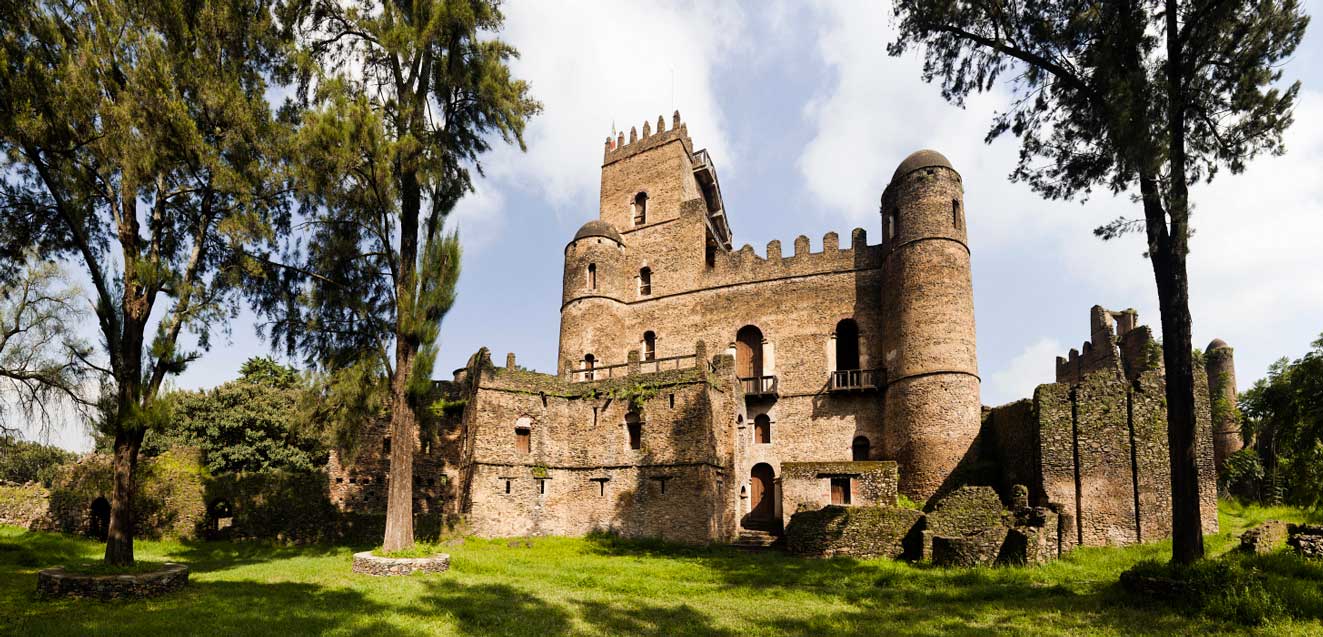
To be of “outstanding universal value to humanity.” This is what defines the sites on the United Nations Educational, Scientific, and Cultural Organization (UNESCO) World Heritage list, so it’s no wonder that travelers turn to this collection of cultural and natural gems when dreaming up journeys to the planet’s most extraordinary places. The well-known spots—like the Great Wall of China, Machu Picchu, and the Great Barrier Reef—certainly deserve attention (and GeoEx happily takes travelers to them, steering them clear of crowds), but we thought it would be fun to draw attention to some of the sensational cultural heritage sites that are often overlooked.
Ethiopia: Surprising Cultural Heritage Sites & Natural Wonders
“Ethiopia is a treasure trove of astonishing sites that are off most travelers’ radars. In the country’s north, the network of churches in Lalibela is even more unbelievable in person than in photographs. You are instantly transported to another era, except that the locals and priests still actively use these churches. I also love Simien National Park for the rare Gelada, a baboon-like primate with amazing hair, and for the region’s rarely seen Tibetanesque monasteries that perch upon 11,000-foot cliff faces and are only accessible by nearly non-existent foot paths or helicopter. At Fasil Ghebbi in the Gondar region (pictured above), you can visit amazing castles and churches built by Emperor Fasilidas and his descendants, including Debre Berhan Selassie Church, its walls and ceilings decorated with scenes of Biblical lore and medieval Ethiopian history. And you remember the ultimate adventure of the Queen of Sheba? The ancient city of Axum—ruins that can be seen today—is one of the core sites of her exciting story.
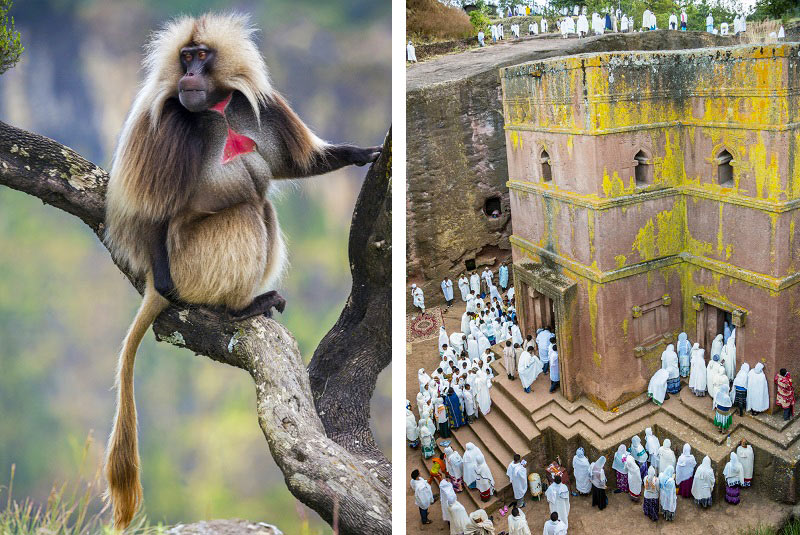
“In the south is the Lower Valley of the Omo, home to diverse tribes. My experience there was one of the most outstanding in all my travels. We are all human, yet it felt like a different planet. The people are stunningly beautiful, colorful, and so distinct from one another in terms of their traditions, their clothing, and the way they style their hair, faces, and body painting. It’s humbling to be among people who function in both ancient tradition and modern ways, and who literally and figuratively are survivors.
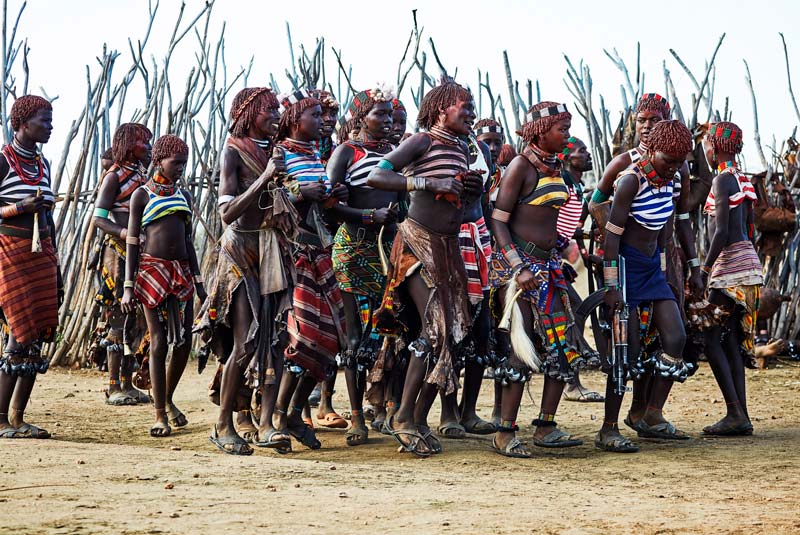
“I also highly recommend heading east to the UNESCO-listed fort town of Harar Jugol. It’s an extreme contrast to the Orthodox north and the tribal south, revealing a fascinating Islamic history and a surprising sartorial style, with women dressing similarly to Indian women in bright scarves.” –Starla Estrada
Japan: Contemplation-Inspiring Temples
“Two of my favorite UNESCO World Heritage Sites in Japan are Ryoan-ji Temple in Kyoto and Todai-ji Temple in Nara, which is one reason I love sharing them with travelers on the Journey Through Ancient Japan group trip. The Zen rock garden at Ryoan-ji Temple is my favorite site in all of Japan. A rectangle of pebbles, moss, and rocks, the garden’s stark simplicity reaches straight to my soul and really makes me slow down, look deeply, and appreciate details: It’s the perfect entryway to Japan. And the Todai-ji Temple in Nara, the country’s capital before Kyoto, houses one of the world’s largest bronze statues of the Buddha. Its massive, masterful grandeur, the epitome of Japanese religious sculpture, is simultaneously humbling and exhilarating.” –Trip leader and author Don George
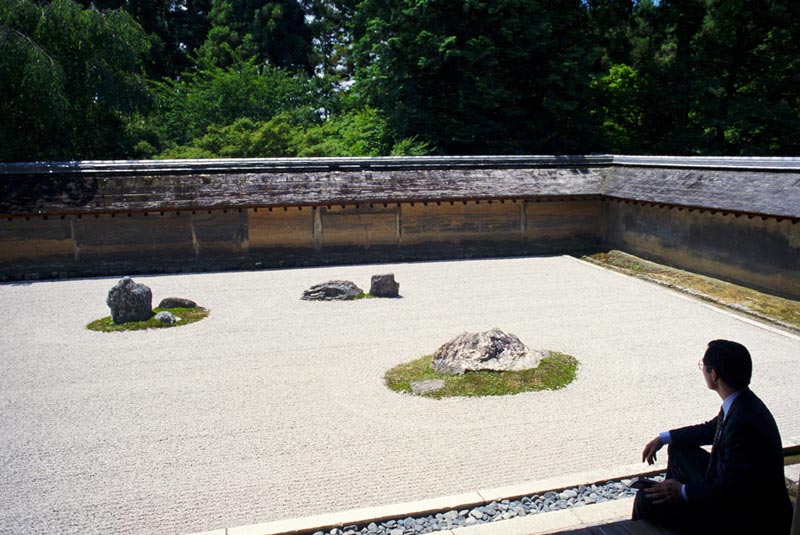
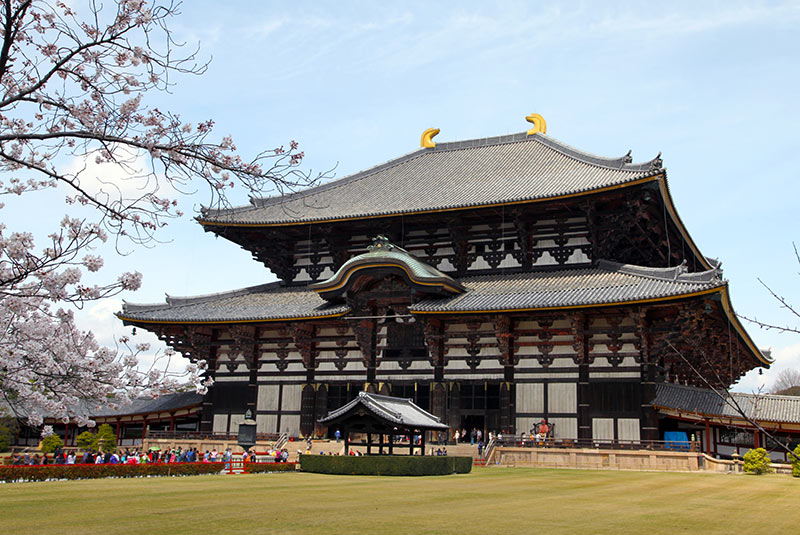
India: Legendary Forts & Big Five
“Every fort in north India astounds with the massive scale of its architecture. When you see the hill forts of Rajasthan and extraordinary palaces, dusty history lessons spring to life with full force. Amer Fort in Jaipur is one of my favorites. And let’s not forget Agra Fort—the sheer size of this place is absolutely overwhelming, and the legends behind it are incredible. It is the perfect precursor to visiting the Taj Mahal because you can gaze upon it from afar, from the place where Emperor Shah Jahan was imprisoned.
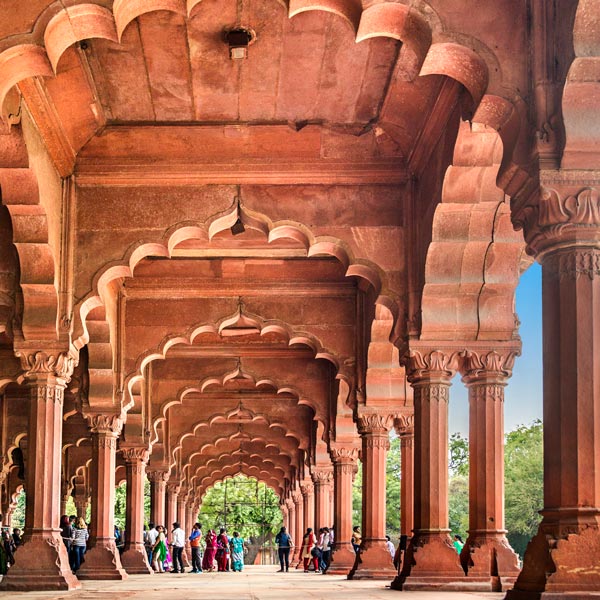
“As for natural UNESCO sites, Kaziranga is a must-see. It’s sometimes referred to as the ‘National Park of Giants’ because it’s the only park in the subcontinent that contains all of India’s Big Five. In fact, you can name virtually any large Indian species and you are likely to find it here: elephants, buffalo, gaurs, sambar deer, Royal Bengal tigers, and rare one-horned rhinos.” –Errin Mixon
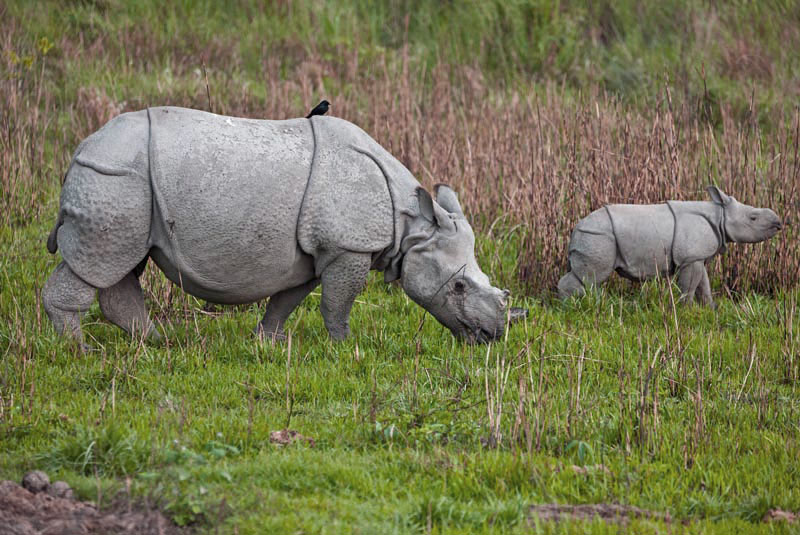
Iran: Magical Landscapes & Ruins
“Persepolis is the marquee name in Iran, but there are two other UNESCO sites that really brought Persian history and architecture home for me (and that we showcase on our trips to Iran). First, the sacred ruins of Takht-e-Suleiman, where the landscape is an essential ingredient in the magic of the place. An artesian spring is surrounded by windswept hills and distant volcanic cones. What remains at Takht-e-Suleiman are the foundations of a royal sanctuary and fire temple. It would have been accessed by the kings of the Sasanian Empire, riding on horseback with their entourage across the plains and mountains to reach the palace. Despite the fragmented ruins, when you squint across the landscape, you can almost see them.
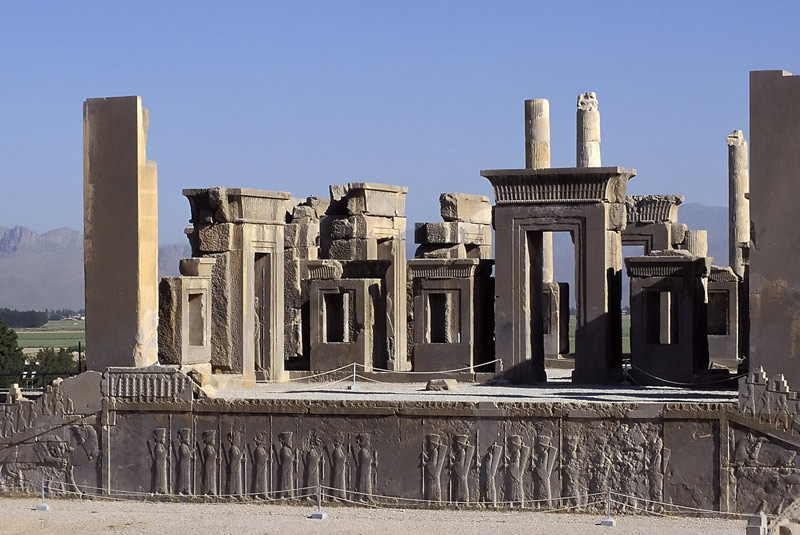
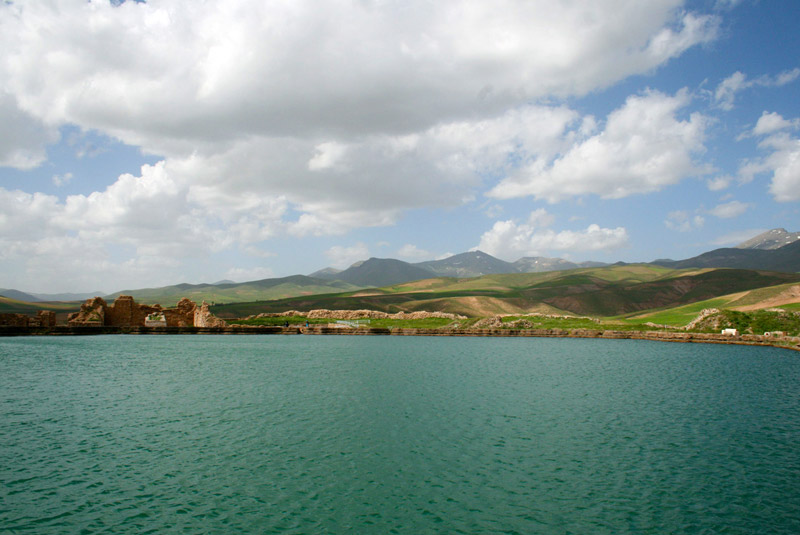
“The second is Soltanieh mausoleum, not the most ornate or intricate building in Iran, but its size is impressive, and the sun glitters on the turquoise dome. For its time, this huge domed building with eight minarets must have been a mighty sight, rising out of nothing on the Iranian plateau. Our guide, Sylvie, asked us to imagine the extraordinary emotion that ordinary people and merchants along the caravan routes must have felt when they first laid eyes on such an unbelievable building, perhaps falling to their knees with gratitude and awe after months of traveling.” –Jessica Silber
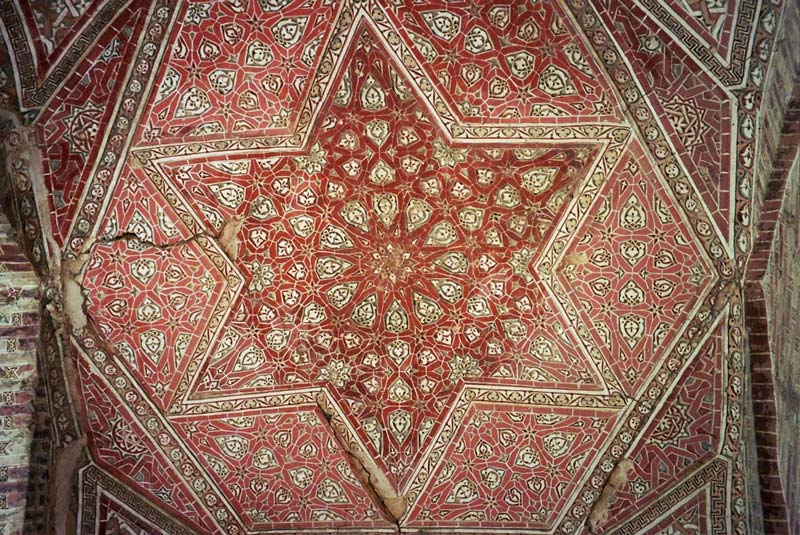
Botswana: A Miraculous Delta
“The Okavango Delta is incredible—I’ve never been anywhere like it. Before I went, I’d pictured a wetland, but that’s not quite right. The Okavango ebbs and flows during the year, so sometimes, you’re actually in the delta, but you might see only minimal amounts of water. (This is why it’s so important to tailor the camps to the season when you visit.) I love exploring the many different camps within the delta because it gives you a great perspective on the diversity in Botswana. And the huge concentration of amazing wildlife to see doesn’t hurt the experience either!” –Kim Keating
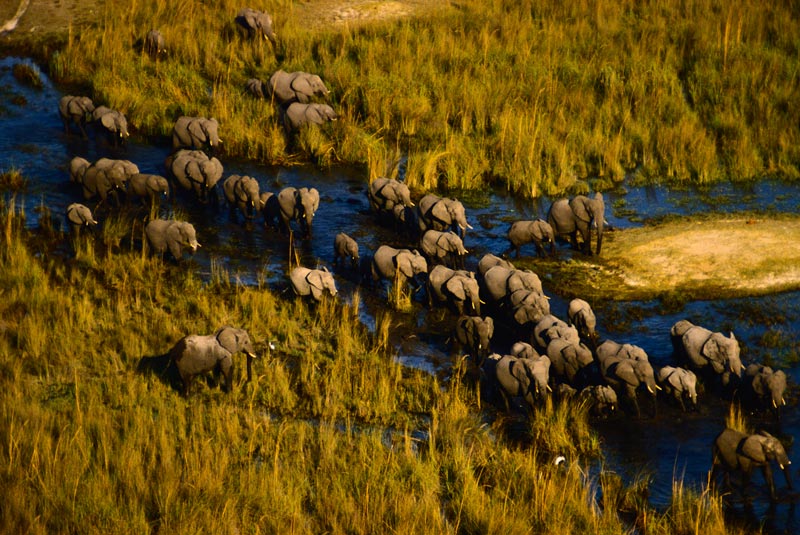
Argentina: Glaciers, Red-Rock Canyons & Waterfalls
“Hiking on Perito Moreno Glacier in Los Glaciares National Park is a spectacular experience. It’s one of the only places in the world where you can walk on a glacier. It feels really adventurous. You’re right up on top of the ice, working your way around breathtaking formations and looking into caves. Of course, you are also reminded that the glaciers are shrinking around the world. (A few years ago, I hiked on a different glacier, which is impossible today because the ice has receded so much.) Staying at Estancia Cristina, a super-remote wilderness ranch, is a phenomenal way to experience the park and disconnect. Getting there is also an adventure: your boat passes the Upsala Glacier, zigzagging around icebergs.
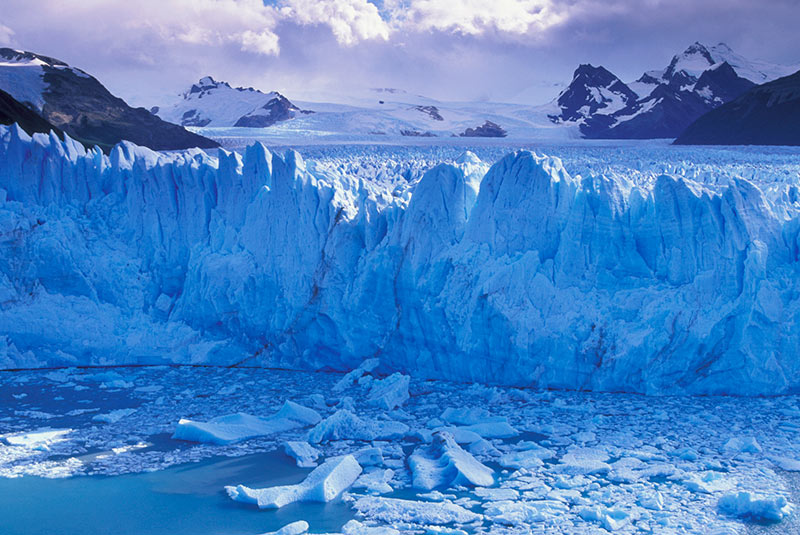
“Iguassu National Park, home to the famous falls, is also a must. The gushing cascade touches three countries, but seeing it from the Argentina side is the most amazing. When you see it from Brazil, you’re at the top of the falls, watching the water fall away from you, but in Argentina, you’re at the bottom, looking up. This perspective makes the power of the falls that much more palpable. And there are butterflies and tropical plants all around. You can take a small boat into the falls, which is incredibly exciting—getting swallowed up in the mist, feeling the waves and wind created from the walls of falling water push against the hull of the boat. What a thrill! We were told that the massive amount of falling water fills the air with positive ions, which makes people feel happy. I certainly did!
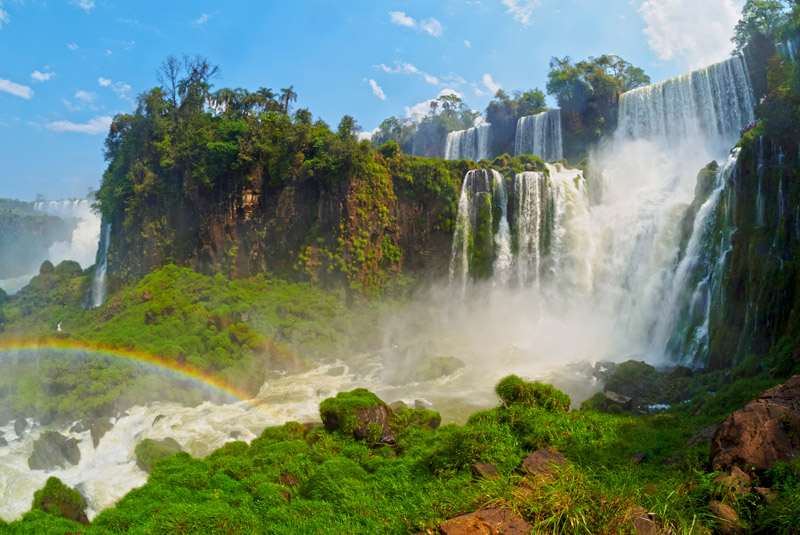
“For anyone who likes to go off the beaten track, I can’t say enough about Quebrada de Humahuaca. This area features sensational red-hued rock formations with multicolored striations—reminiscent of our parks in Utah. In addition to exploring this otherworldly realm, you can weave in visits to fantastic vineyards, trek through the cacti-studded landscape with llamas, go biking and horseback riding, and then return to Salta’s lovely cafés, music, and colonial center.” –Natalie Crow
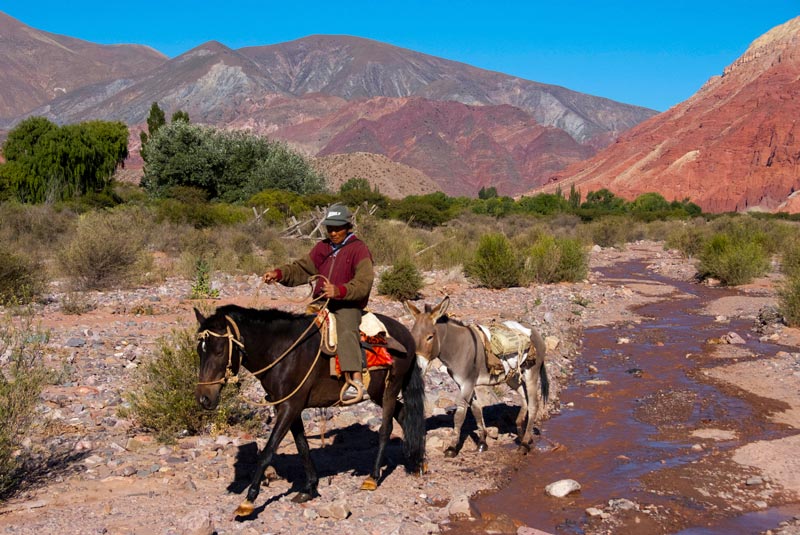
Morocco: Magical Medinas & Ruins
“The medina of Fès is a non-negotiable can’t-miss experience! It isn’t just a shopping experience; it’s a way of life. Locals come here every day, and lots of them live within the medina. It’s where they buy their local meats and vegetables for homemade tagines, new fabric for clothing, and even their appliances. It’s where their kids go to school. As you wander the medina’s winding alleyways, you feel fully immersed in Moroccan culture.
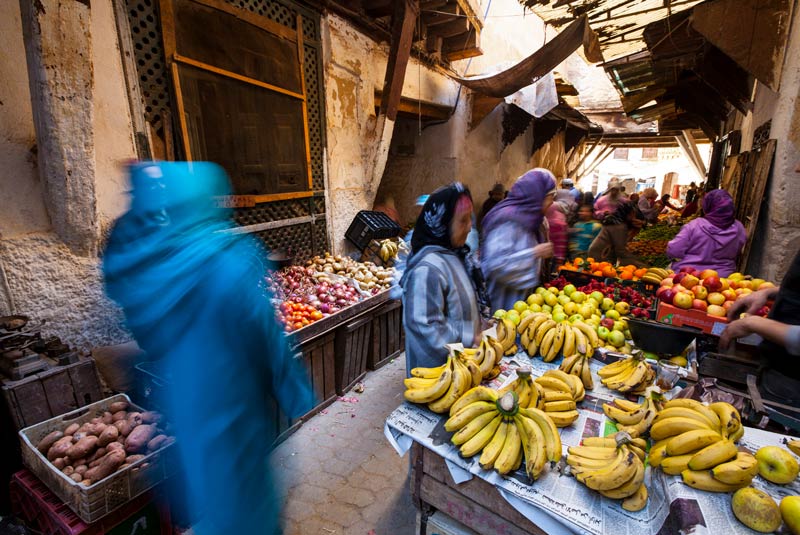
“I also love the Ksar of Aït Benhaddou, a Berber castle situated on an old caravan route in the middle of the Sahara. It’s a collection of earthen dwellings that you can visit by crossing a river. The desert architecture is stunning and was so advanced for its time. Seeing tourists is unavoidable here, but it’s still worth it. Many people will recognize the site from famous films set here, including Gladiator and Jewel of the Nile.
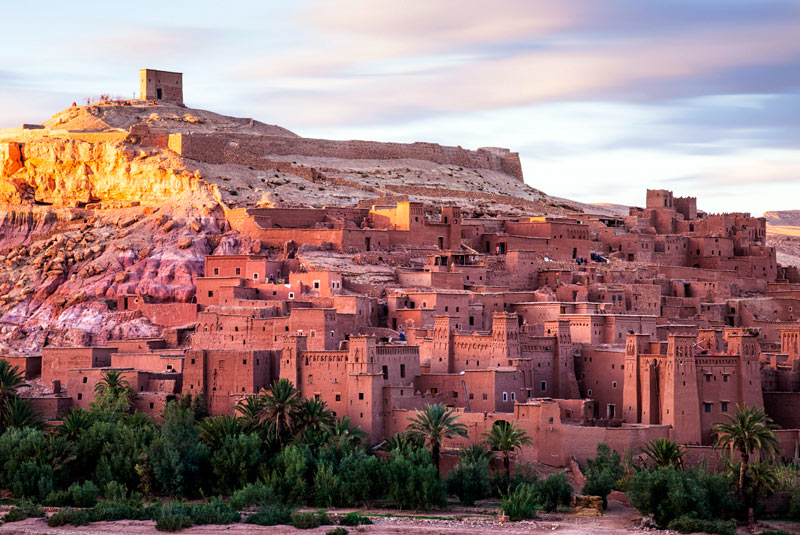
“I’ve seen many Roman ruins in my travels, so I was not expecting to be so wowed by the archaeological site at Volubilis. You are stunned by the reach and power of the Roman Empire—they made it all the way to Morocco! The site is well preserved and we use fantastic local guides here—and at all of these sites on our Morocco group trip—to enhance the experience. –Kim Keating
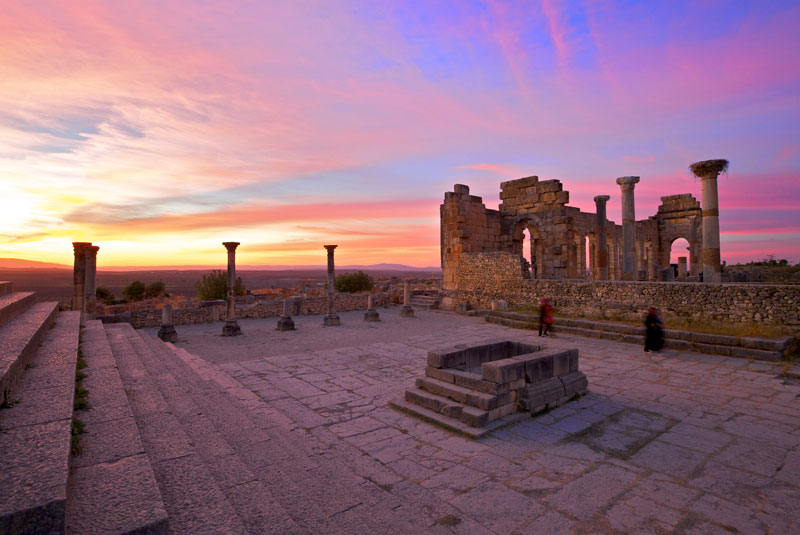
Silk Road: Gem of Bukhara
“Of all the fantastic ancient sites, desert landscapes, deep lakes, and snowy, jagged peaks seen along the Silk Road, it is UNESCO-listed Bukhara which has a special place in my heart. Founded 2,500 years ago, Bukhara is drenched in antiquity. Around every corner are remarkable UNESCO-acclaimed buildings, such as the 10th-century Samanid Tomb, for its simple but stylish brickwork, the 11th-century Kalyan Minaret, tallest in the city, and the three connected trading domes which once shaded the crowds of Persians, Mongols, Turks, Russians, and Uzbeks who came by camel to barter and buy. My personal favorite is the small, charming Chor Minor, a four-towered, blue-tile-capped madrassa hidden away in a central neighborhood, a delightful jewel to stumble upon around a quiet street corner.” –Trip Leader Sarah Timewell
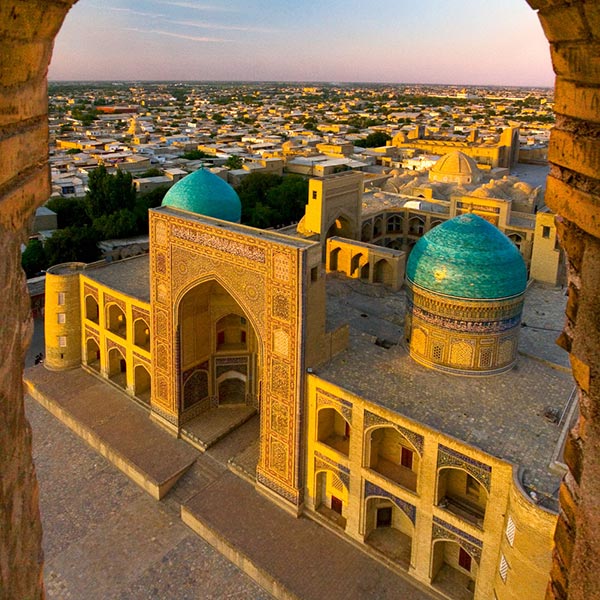
The Himalaya: Trains & Temples
“We love the famous Darjeeling Himalayan Railway or ‘Toy Train,’ which is a two-foot narrow-gauge railway built in the late 19th century. It was an incredible feet of engineering linking mountainous terrain across India’s Himalaya. As it inches along, you pass by tiny villages, over unimaginably steep mountains, and around difficult curves.
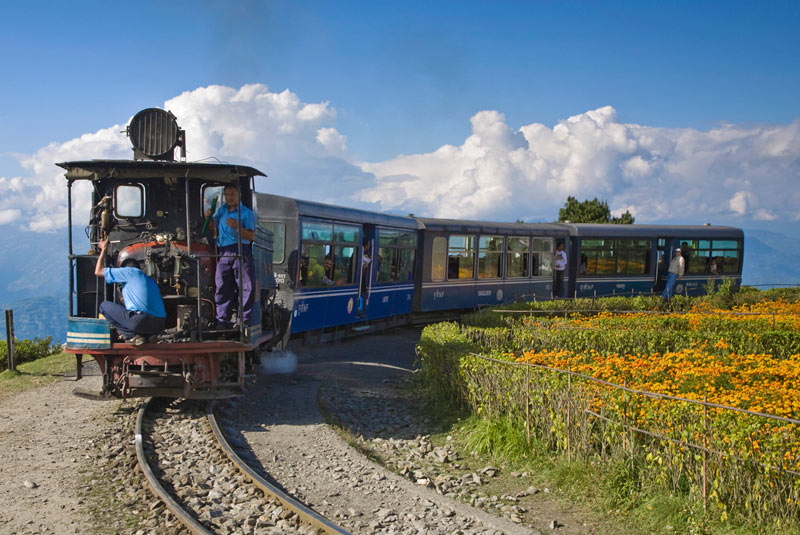
“But, of course, it’s the world-famous Kathmandu Valley of Nepal that steals the show in the Himalaya. Visiting Bodhnath at night, you find hundreds of people circumambulating the massive stupa. Thousands of candles are burning all around. It makes for a serene, magical end to a perfect day in the hustle and bustle of Kathmandu. Then, you have Pashupati, the largest temple complex in Nepal. It stretches on both sides of the Bagmati River, considered holy by Hindus. Just like on the Ganges in Varanasi, cremation pyres burn here day and night. Thousands of pilgrims, holy men, locals, and tourists mix with the occasional free-roaming cow. It’s a feast for the senses, a perfect microcosm of everything exciting and exhilarating that Kathmandu has to offer. I also should mention Swayambhunath, an ancient temple festooned with colorful flags, painted with Buddha’s eyes and eyebrows in all four directions, and surrounded by spires, temples, and vendors selling all kind of trinkets. It is also known as the Monkey Temple: close to the main stupa, dozens of macaques chase each other around a shallow pond and jump into the water from the tall trees. It’s a wonderfully entertaining spectacle for many local families and tourists.” –Corinne Edwards
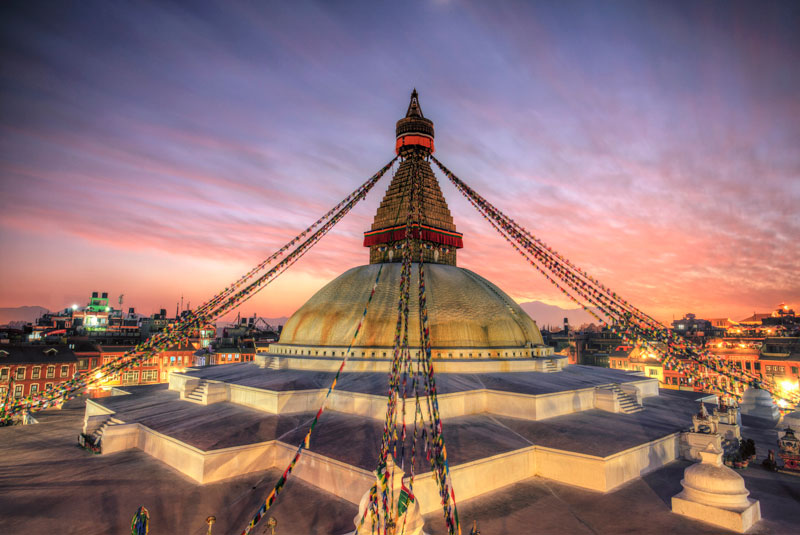
Southeast Asia: Vietnam & Laos Highlights
“It’s certainly not easy to narrow down the wealth of cultural sites in this part of the world, but my two favorite UNESCO sites are the complex of Hue monuments and the town of Luang Prabang. Hue was the capital of Vietnam during the Nguyen Dynasty, a time that many consider the pinnacle of Vietnamese culture. The city itself occupies a picturesque location between the hills and the Perfume River. Hue’s dynastic emperor tombs feature open-air pavilions in garden-like settings, with stone bridges, grand staircases, statuary, and much symbolism. These are fantastic to explore.
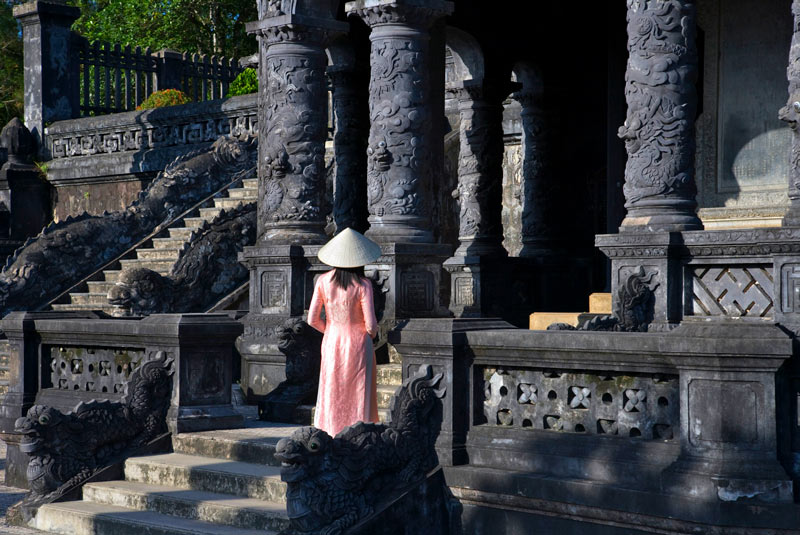
“And even though it has been ‘discovered,’ Luang Prabang is totally enchanting. Designated for its combination of Lao traditional and European colonial architecture, Luang Prabang features a rich artistic heritage in a stunning mountain and river landscape. The wats (Buddhist temples) are, in my humble opinion, the most lovely in Southeast Asia, beautifully decorated and with roof lines that gracefully slope down to the ground.” –Tina Liadis
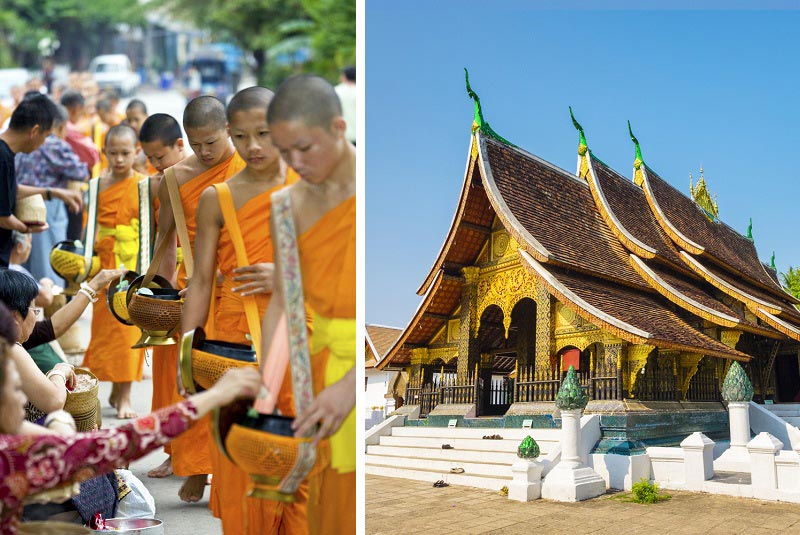
Australia: A Natural Wonderland
“Tasmania is an incredible showcase of protected rain forest landscapes, gorges, beaches, limestone caves, and some of the world’s oldest—and largest—trees. In Mount Field National Park, you can see such intriguing marsupials as Tasmania devils, eastern quoll, and pademelon. It’s also a bird-lover’s paradise with 12 species of endemic birds.
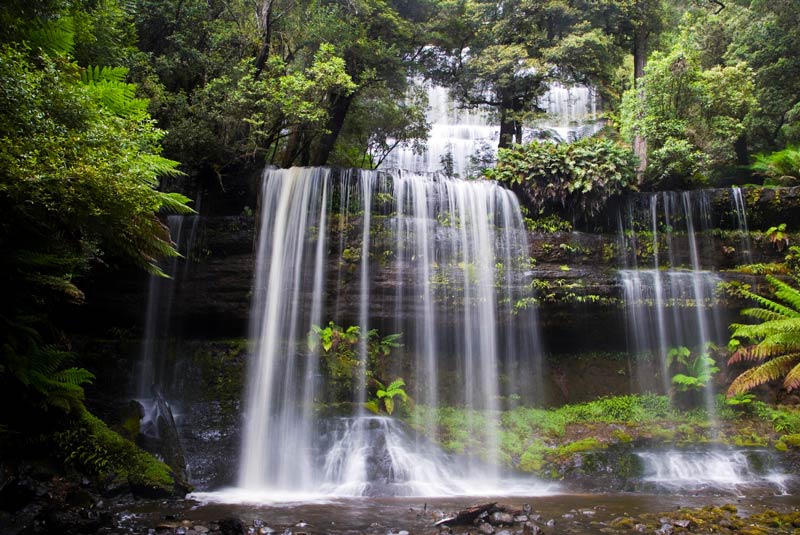
“Mainland Australia is home to Kakadu National Park, an off-the-radar UNESCO site that is well worth the trip. It checks the boxes for cultural and natural wonders, boasting the highest concentrated areas of rock art (dating back more than 50,000 years) and a bounty of birdlife. We heard back that a couple of our travelers saw more than 100 species there!” –Esther Hsu
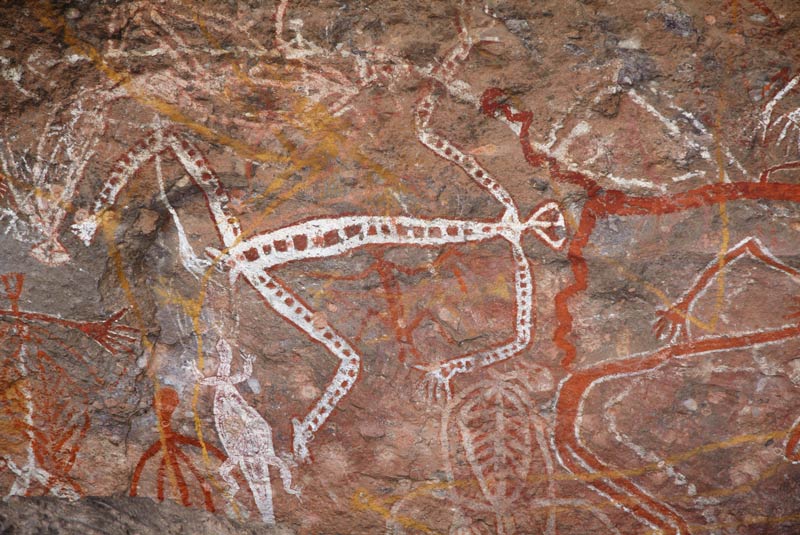
# # # # #
To find out more about travel to these and other must-see UNESCO-listed sites around the world, give GeoEx’s destination experts a call at 888-570-7108.
It’s all so amazing to look at!! Thank you, Geo Ex!!! 😉

